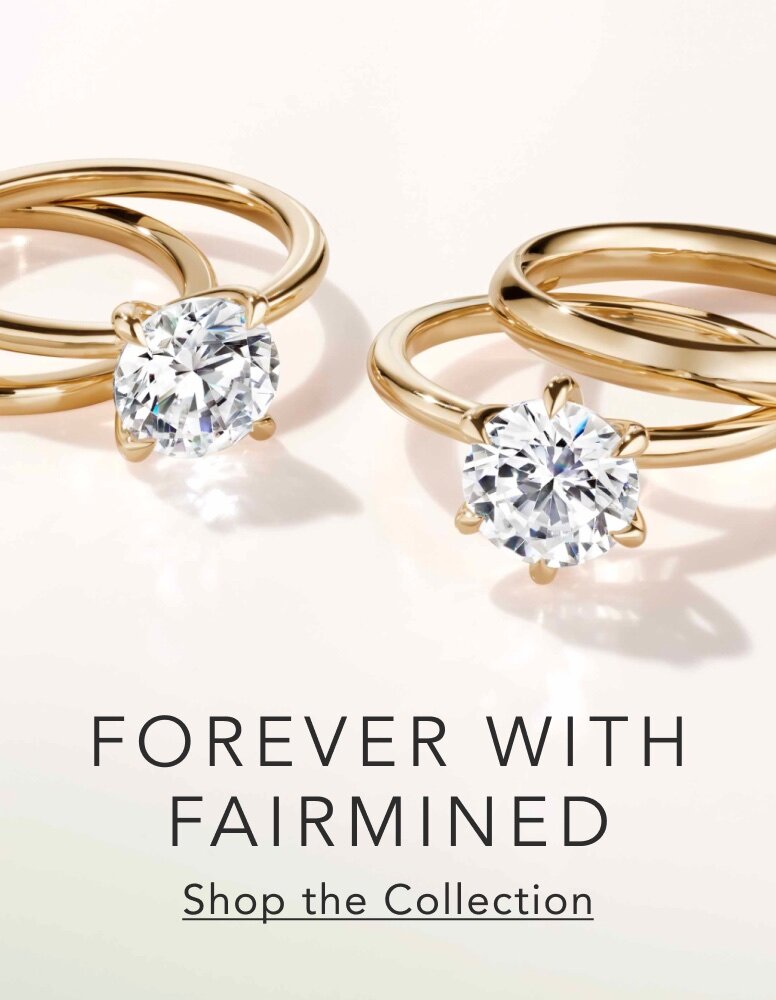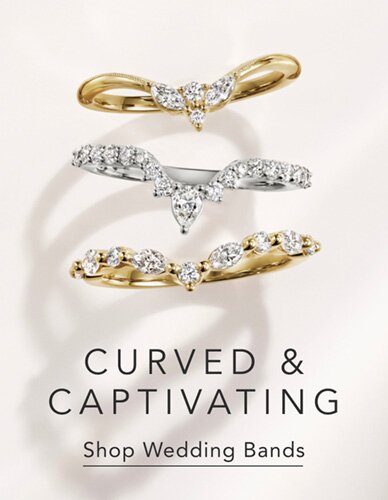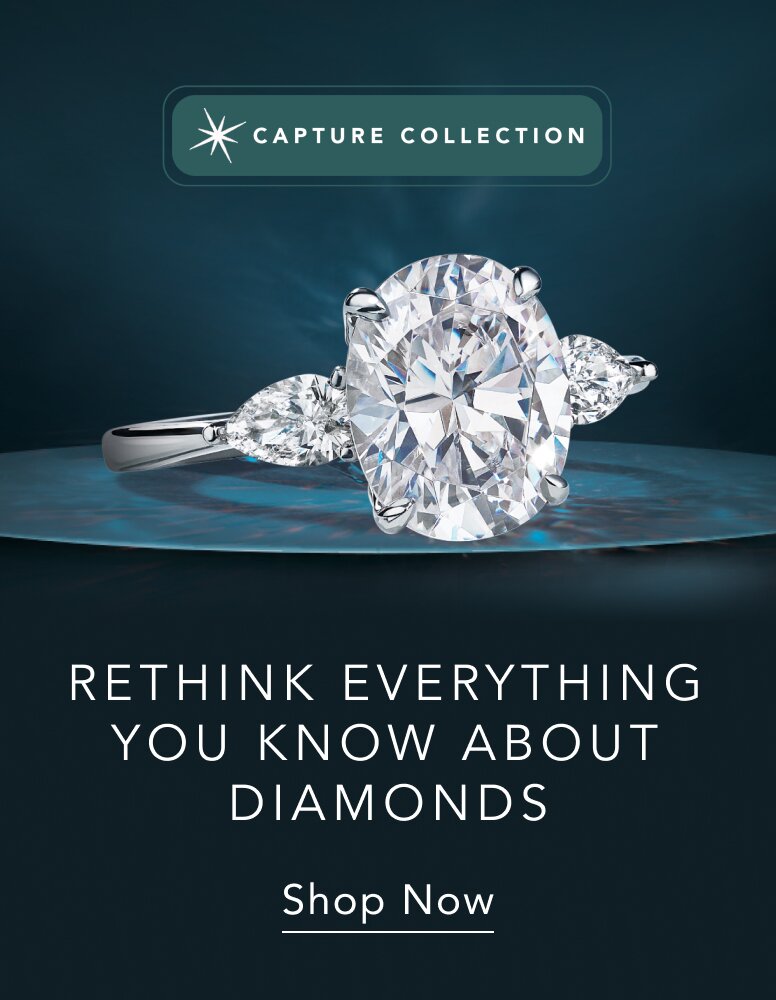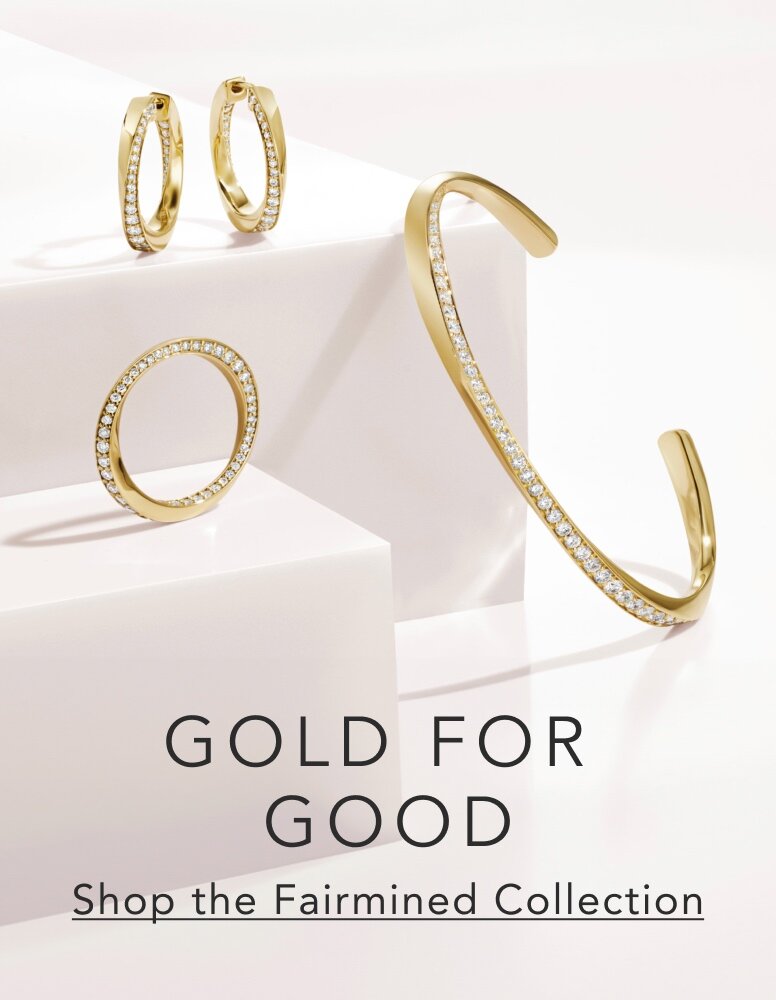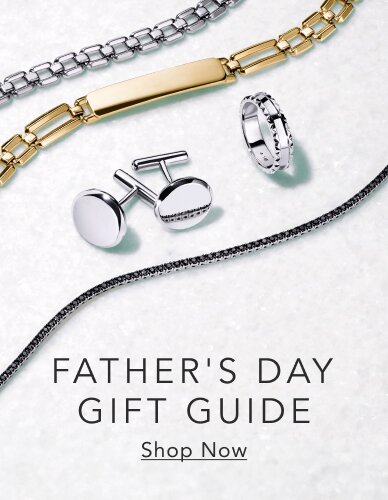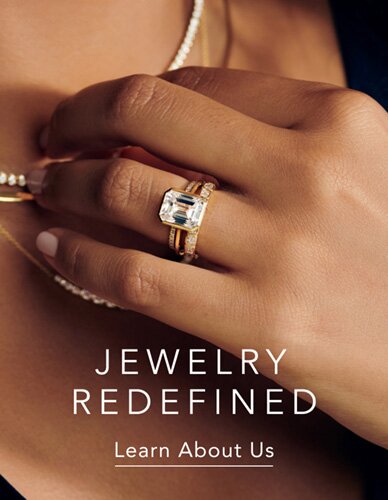Have a question?
We're happy to help
- ENGAGEMENT RINGSFEATURED
- WEDDING RINGSWOMEN'S BY METALMEN'S BY METAL
- DIAMONDSFEATURED
- GEMSTONESPRESET GEMSTONE RINGS
- JEWELRYFEATURED
- GIFTSTOP GIFTSGIFTS BY RECIPIENT
- ABOUT
- SUBTOTAL:0
- USD
- United States (USD)
- Canada (CAD)
- United Kingdom (GBP)
- Australia (AUD)
SELECT COUNTRY
Diamond Shape
When choosing your diamond, which shape are you most drawn to? Here's a deep dive into what makes your favorites so eye-catching.
Learn About Diamond Shapes
Sign Up for Email
- Send me Brilliant Earth news, updates and offers.
- ©2024 Brilliant Earth, LLC
- Terms & Conditions
- Privacy Policy
- Interest-Based Ads
- Do Not Share My Personal Information (California Residents)
- CA Transparency Act
- CPRA
- Site Map
- ©2024 Brilliant Earth, LLC
- Virtual Appointment
- Atlanta - West Midtown
- Austin - Domain Northside
- Baltimore - Harbor East
- Bethesda
- Boston - Newbury Street
- Brooklyn - Williamsburg
- Charlotte - South End
- Chicago - Gold Coast
- Chicago - Fulton Market
- Cleveland - Orange Village
- Columbus - Easton Town Center
- Dallas - West Village
- Denver - Cherry Creek
- Detroit - Birmingham
- Fairfax - Mosaic District
- Garden City - Roosevelt Field Mall
- Houston - Montrose Collective
- King of Prussia
- Los Angeles - West Hollywood
- Miami - Coconut Grove
- Minneapolis - Edina
- Nashville - The Gulch
- New York - Flatiron
- Palo Alto - Stanford Shopping Center
- Pasadena
- Philadelphia - Rittenhouse Square
- Portland - Nob Hill
- Sacramento - Westfield Galleria at Roseville
- San Diego - University Town Center (UTC)
- San Francisco - Union Square
- Santa Monica
- Scottsdale
- Seattle - University Village
- St. Louis - Central West End
- Tampa
- Walnut Creek - Broadway Plaza
- Washington D.C. - Georgetown
Sign Up for Email
- Send me Brilliant Earth news, updates and offers.

